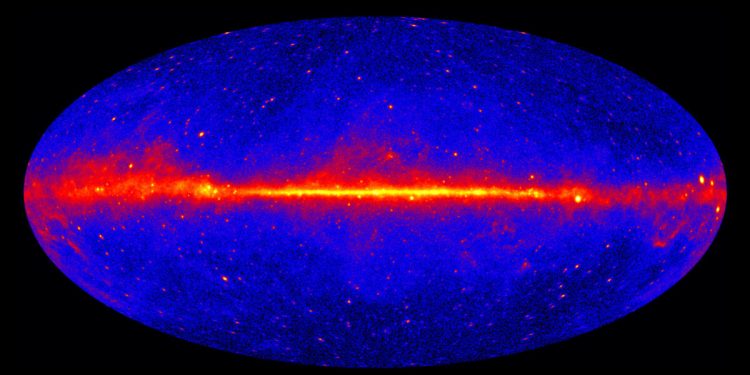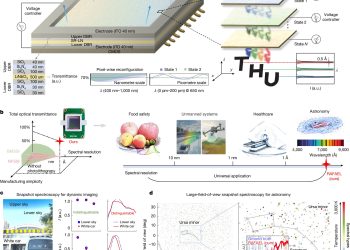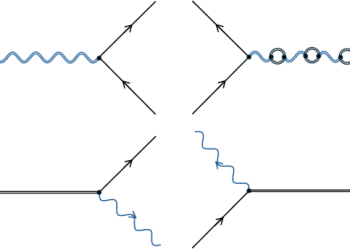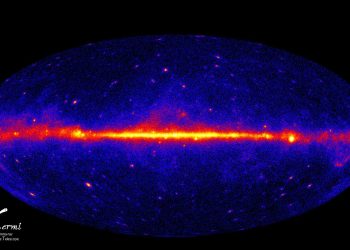Despite all the discoveries we are making about distant galaxies, we still struggle to fully understand our own galaxy, the Milky Way. For example, researchers have known about a strange concentration of gamma rays near the center of the Milky Way for decades, even though they didn’t know exactly where the high-energy light was coming from.
A new study offers a whole new perspective: The light could actually come from neutron stars, as astronomers suspected. If not, this could be the “first evidence” of dark matter, according to the paper recently published in Physical Review Letters. Considering the evolution of the Milky Way, the researchers say that the excess gamma rays are most likely due to the collision of dark matter particles.
The subject in question
The Fermi Gamma-ray Space Telescope first observed signs of this excess gamma rays in 2009. Since then, researchers have proposed a variety of explanations for how the Milky Way ended up with this phenomenon, from energetic stars to simple instrumental errors.
Dark matter, on the other hand, refers to the “missing” mass constituting approximately 85% of our universe. Numerous researches, both theoretical and experimental, have largely demonstrated its existence.
But these elusive elements – for which scientists have proposed a range of candidate particles – rarely interact with anything we can see. Scientists have come up with many ways to indirectly search for dark matter, but no one has yet arrived at a definitive answer.
“Dark matter dominates the universe and holds galaxies together,” Joseph Silk, study co-author and astrophysicist at Johns Hopkins University, said in a statement. “It’s extremely consequential and we’re desperately thinking about ideas all the time about how we might detect it.”
Maybe, maybe not
This isn’t the first time researchers have suggested that the Milky Way’s excess gamma rays have something to do with dark matter. But the new findings offer promising theoretical support for the idea, which the paper says could be vital in the search for dark matter lying “at a crossroads in the absence of any direct detection results from a number of deep subsurface experiments.”
The team’s simulations trace the Milky Way back to its beginnings, testing different ideas about how the mysterious gamma glow could have formed. And the numbers add up pretty well if we assume that the gamma rays come from collisions of dark matter particles – “although this is not definitive proof,” the researchers said.
Again, the model also worked well for older, rapidly rotating, light-emitting neutron stars. However, there was a small margin of error, because the team had to assume that the number of these bright sources – millisecond pulsars – was greater than actually confirmed by observations.
Yet given how little we know about dark matter, the new findings are not conclusive, and researchers acknowledge this. However, the team plans to continue its investigations in time for the activation of the Cherenkov Telescope Array, the next generation telescope for observing gamma rays.
“It’s possible that we’ll look at the new data and confirm one theory over another,” Silk said. “Or maybe we won’t find anything, in which case it’ll be an even bigger mystery to solve.”









